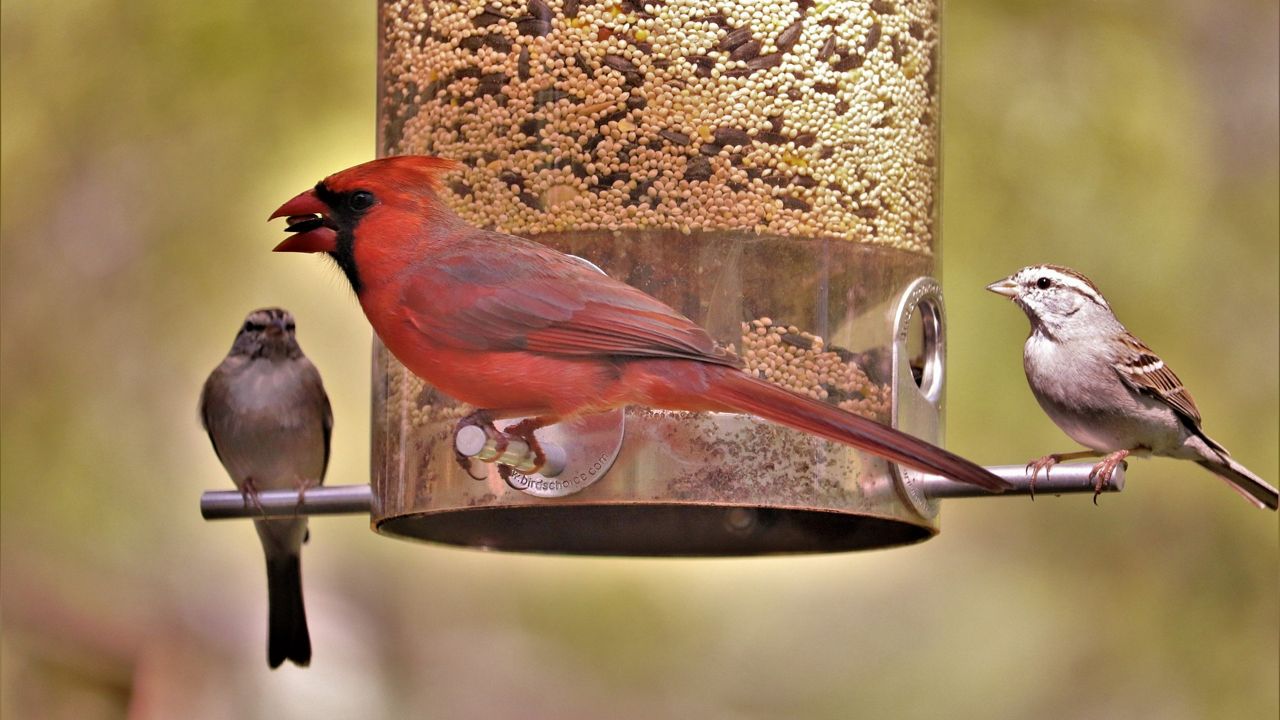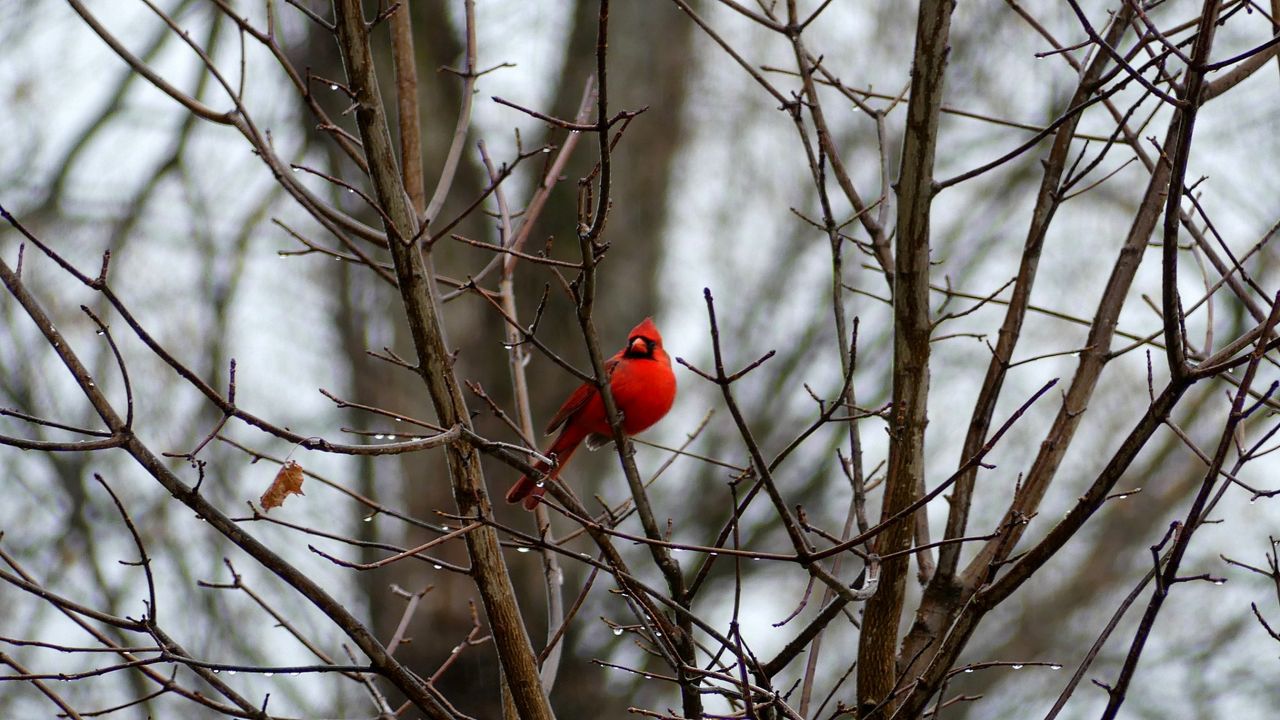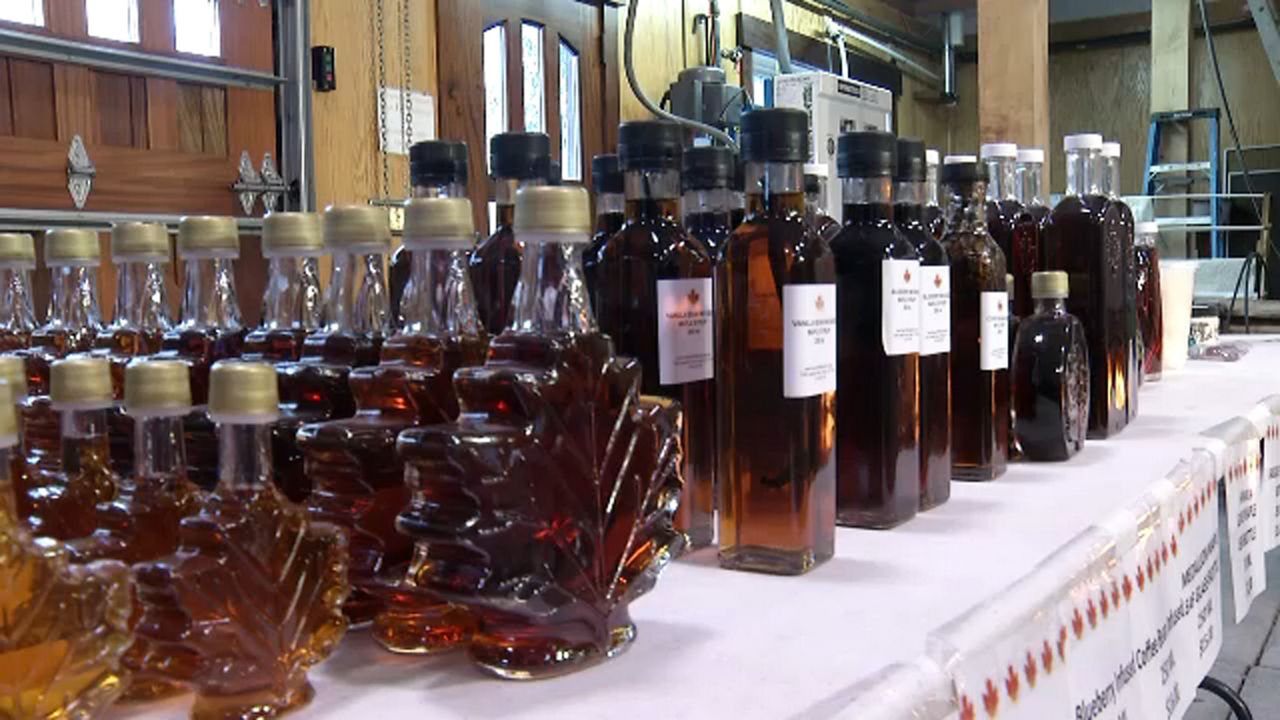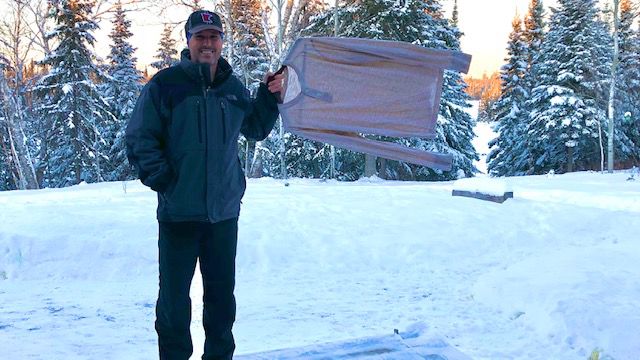Living in Upstate New York, most of us have encountered beautiful cardinals perched on a tree or hanging out at a bird feeder, even in the dead of winter.
Feeding cardinals, especially for us up north, is essential to their survival in the brutal cold of winter.
A cardinal’s caloric requirements are higher in winter because they expend a ton of calories just trying to keep warm: maintaining body temp, fluffing feathers, shivering, and so on. The colder it is, the more energy they use.
Many wild birds, including northern cardinals, will shiver to stay warm. They do this by tensing their muscles, especially breast and leg muscles, which creates heat and appears to us as if they’re shivering. This method of staying warm also uses a lot of energy, so it's reserved only for desperate times.
Cardinals can drop their body temperature three to six degrees if needed. In dire conditions, they may need to resort to dropping their temperature to survive.

If you want to help our beautiful cardinals of New York State, put out a bird feeder containing high-fat food. Higher fat food makes cardinals stay warmer!

Black-oil sunflower seeds or safflower seeds are a great choice, since they contain about 30% fat. Peanuts are even better at 45%.
If helping a cardinal during the winter isn’t enough of a reason to put food out, that brilliant red on a male cardinal can help brighten your day. We can always use a change from the grayness of winter!
Our team of meteorologists dives deep into the science of weather and breaks down timely weather data and information. To view more weather and climate stories, check out our weather blogs section.









